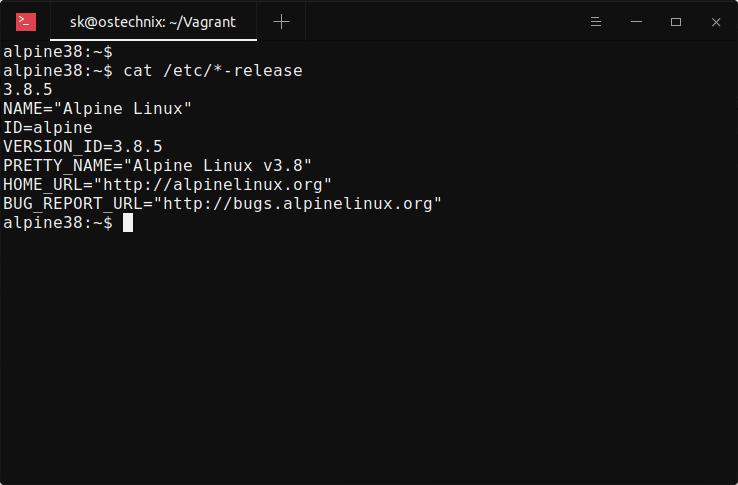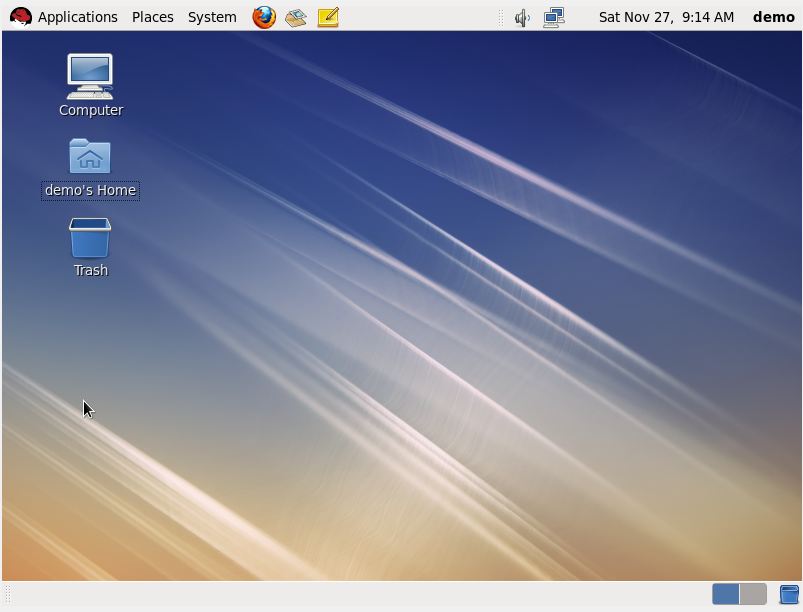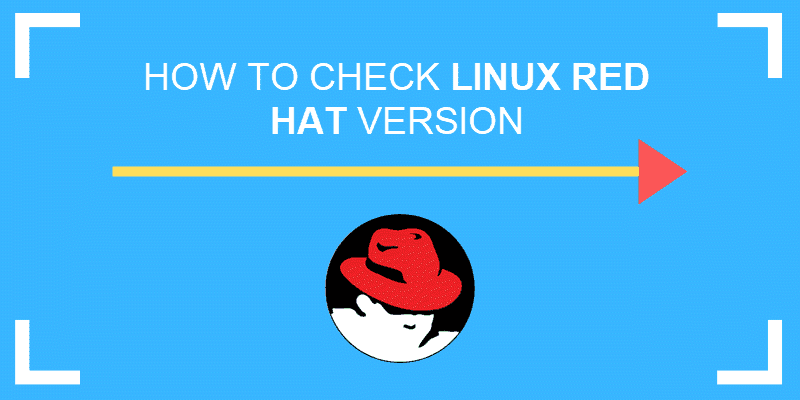

- #HOW TO FIND REDHAT LINUX VERSION HOW TO#
- #HOW TO FIND REDHAT LINUX VERSION INSTALL#
- #HOW TO FIND REDHAT LINUX VERSION MANUAL#
- #HOW TO FIND REDHAT LINUX VERSION ISO#
- #HOW TO FIND REDHAT LINUX VERSION DOWNLOAD#
Once you are done with partition creations, click on Done on Next screen, example is shown below


Now finally create last partition as swap of size of 2 GB, Similarly create next three partitions /home, /var and /tmp of size 15GB, 10 GB and 5 GB respectively Now onward all partitions will be part of Volume Group “ VolGrp” To create next partition as / of size 20 GB, click on + symbol and specify the details as shown below,Īs we can see installer has created the Volume group as “ rhel_rhel8“, if you want to change this name then click on Modify option and specify the desired name and then click on Save Let’s create our first partition as /boot of size 2 GB, Select LVM as mount point partitioning scheme and then click on + “plus” symbol,
#HOW TO FIND REDHAT LINUX VERSION MANUAL#
Note: If you don’t want to create manual partitions then select “ Automatic” option from Storage Configuration Tab To define the installation disk and partition scheme for RHEL 8, click on “ Installation Destination” option,Īs we can see I have around 60 GB free disk space on sda drive, I will be creating following customize lvm based partitions on this disk, Once you are done with IP address and hostname configuration click on “Done” Mention the hostname that you want to set and then click on “ Apply”. If your system is connected to any switch or modem, then it will try to get IP from DHCP server otherwise we can configure IP manually. To configure IP address and Hostname click on “ Network & Hostname” option from installation summary screen, In this step we will decide the installation destination for RHEL 8, apart from this we can configure the followings:īy default, installer will automatically pick time zone and will enable the kdump, if wish to change the time zone then click on “ Time & Date” option and set your preferred time zone and then click on Done. In this step, you need to choose a language that you want to use for RHEL 8 installation, so make a selection that suits to your setup.Ĭlick on Continue Step:5) Preparing RHEL 8 Installation Step:4) Choose your preferred language for RHEL 8 installation
#HOW TO FIND REDHAT LINUX VERSION INSTALL#
When the system boots up with installation media (USB or DVD), we will get the following screen, choose “ Install Red Hat Enterprise Linux 8.0” and hit enter, Reboot the target system where you want to install RHEL 8 and then go to its bios settings and set the boot medium as USB or DVD, Step:3) Choose “Install Red Hat Enterprise Linux 8.0” option
#HOW TO FIND REDHAT LINUX VERSION ISO#
Once you have downloaded RHEL 8 ISO file, make it bootable by burning it either into a USB drive or DVD.
#HOW TO FIND REDHAT LINUX VERSION DOWNLOAD#
I am assuming you have the active subscription if not then register yourself for evaluation and then download ISO file Step:2) Create Installation bootable media (USB or DVD) RHEL 8 Installation Steps with Screenshots Step:1) Download RHEL 8.0 ISO fileĭownload RHEL 8 iso file from its official web site,
#HOW TO FIND REDHAT LINUX VERSION HOW TO#
In this article we will demonstrate how to install RHEL 8 step by step with screenshots.



 0 kommentar(er)
0 kommentar(er)
